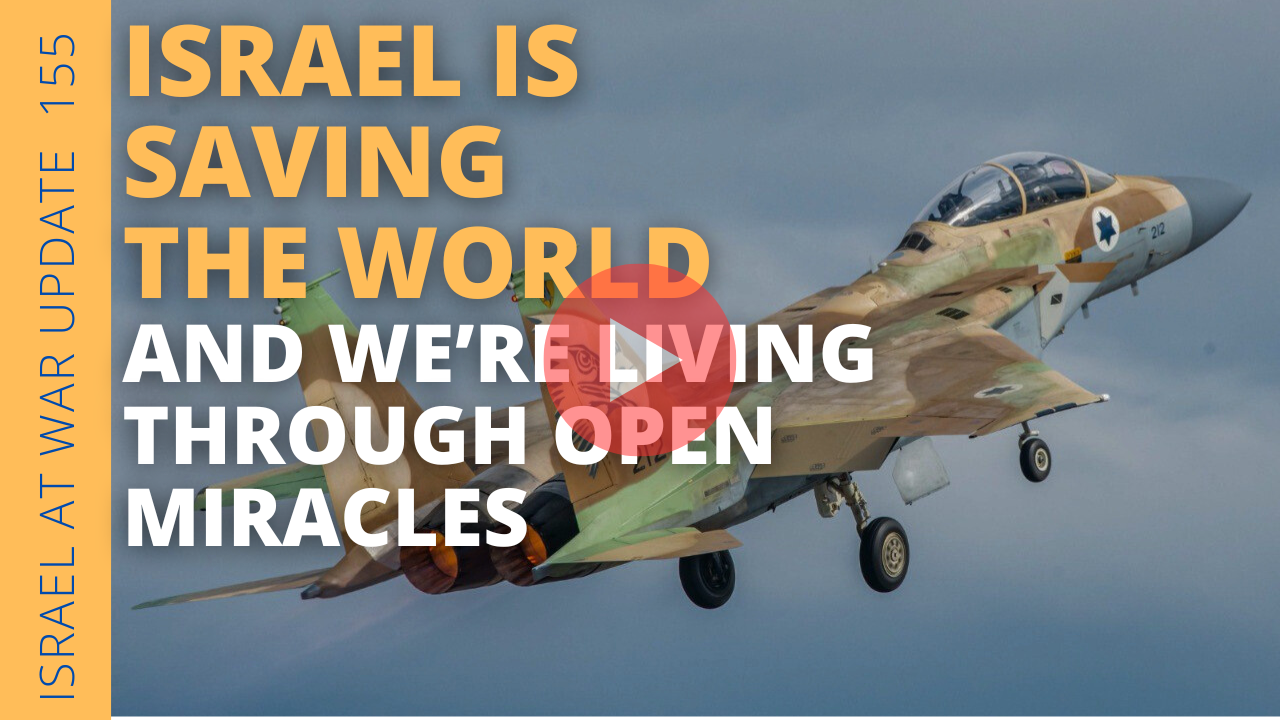“Unlike in the past, the IDF will remain in every area that is conquered in Gaza, to prevent the return of terrorism,” a security source says.
(May 5, 2025 / JNS)
The Israel Defense Forces (IDF) views 2025 as a defined year of war, maintaining an intense operational tempo across multiple arenas, with a heavy focus on Gaza and Iran. At the same time, the IDF is planning to undertake “adaptation and force development” driven by current and future threats.
Most immediately, according to a security source, is Operation Gideon’s Chariots, aimed at defeating Hamas in Gaza and releasing all remaining Israeli hostages.
This IDF plan was unanimously approved in a vote taken on May 4 by the Security Cabinet. It was formulated by Chief of Staff Lt. Gen. Eyal Zamir and approved by Prime Minister Benjamin Netanyahu and Defense Minister Israel Katz.
Under the plan, the IDF will mobilize tens of thousands of soldiers to Gaza to destroy its remaining military and governmental capabilities, while creating strong pressure on Hamas’s leadership to release the remaining hostages, according to the security source.
Israel has reportedly set a deadline to Hamas, calling on the terror group to enter into a hostage deal by the end of U.S. President Donald Trump’s scheduled visit to the region on May 15. During this time, the IDF will prepare for Operation Gideon’s Chariots.
“A strong protective envelope will be provided for maneuvering forces from land, air, and sea, including the use of heavy tools to neutralize explosives and destroy threatening structures,” the source said.
Evacuating Gazans from combat zones
“A central component of the plan is the widespread evacuation of the entire Gazan population from combat zones, including from northern Gaza, to areas in southern Gaza, while creating separation between them and Hamas terrorists—to allow the IDF operational freedom of action,” the source added. “Unlike in the past, the IDF will remain in every area that is conquered, to prevent the return of terrorism, and will handle every cleared area according to the ‘Rafah model,’ in which all threats were flattened and it became part of the security zone.”
The humanitarian closure will continue and only later, after the start of operational activity and widespread evacuation of the population to the south, will a humanitarian plan be activated, as presented by the IDF and approved by the Cabinet.
The plan “will differentiate between aid and Hamas by utilizing civilian companies and demarcating the area, which will be secured by the IDF, including creating a sterile zone in the Rafah area beyond the Morag route, where those entering will be filtered by the IDF to prevent the presence of Hamas operatives,” the source explained.
“The force preparation prior to the start of the maneuver will allow a window of opportunity until the end of the U.S. president’s visit to the region, to carry out a hostage deal according to the ‘Witkoff model.’ In such a case, Israel will seek to retain the cleared areas added to the security zone beyond the March lines.
The source stressed that in any temporary or permanent arrangement, Israel would not evacuate the security zone around Gaza, which is intended to protect the communities and prevent the smuggling of weapons to Hamas.
Operation Gideon’s Chariots
“If a hostage deal is not made, Operation Gideon’s Chariots will begin with great force and will not stop until all of its objectives are achieved. The voluntary transfer plan for Gaza residents, especially for those who will be concentrated in the south outside of Hamas control, will be part of the operation’s objectives,” the source said.

More broadly, in the coming months, the IDF’s strategic focus centers on the Gaza Strip and countering threats from Iran, while preserving and building on security achievements attained across various fronts.
In Gaza, the strategy calls for expanded operations to increase pressure on Hamas. This pressure aims to advance negotiations for hostage return while systematically dismantling Hamas’s capabilities.
So far, despite sustained efforts, Hamas has remained defiant, prompting the IDF to intensify its campaign further, including the mobilization of additional reserve forces.
Tactical successes
Following the renewal of intense military operations on March 18, tactical successes were reported, including the elimination of over 400 terrorists and strikes on more than 1,800 targets. On humanitarian aid, soldiers were instructed not to distribute aid directly. Instead, the IDF’s recommendation called for designated zones managed by international organizations and companies, with security measures to prevent aid diversion to Hamas, as directed by Israel’s political leadership.
On the northern front, the IDF has continued operations to remove threats to civilians. In Lebanon, this included operating according to established truce understandings, creating a forward defense zone using five outposts, and striking Hezbollah targets as they are detected
Approximately 350 targets were hit in Lebanon and over 140 terrorists eliminated since the ceasefire agreement began on November 27, 2024.
In Syria, operations aimed to thwart threats, prevent the entry of strategic weapons, and maintain Israeli aerial operational freedom. Nine Israeli forward defense posts were established in the area of separation, while efforts continued to diminish Syrian Army capabilities that can be exploited by hostile elements.
In Judea and Samaria, the IDF maintained a proactive posture, initiating operations against terrorist targets. A decline in intelligence warnings and terrorist activity was observed in recent weeks, as the IDF works closely with the Israel Security Agency intelligence organization in thwarting attacks.
Counterterrorism operations resulted in over 100 terrorists eliminated and more than 320 apprehended in recent months, with the Ramadan period noted as being relatively quiet compared to recent years.
In light of the major strain on personnel, military leadership determined that substantial growth of the IDF constituted a security necessity.
The IDF faced a shortfall of approximately 10,000 soldiers, including 7,000 combat troops, with a goal of achieving 120% manning in combat companies to ensure sustainability.
Equality in burden-sharing is seen as paramount by military leadership, with plans to recruit from all sectors, including the ultra-Orthodox community.
Learning from operational experiences, particularly from the Oct. 7, 2023, mass murder attack by Hamas and the catastrophic military failures of that day, is being institutionalized through inquiries aimed at drawing lessons and strengthening trust in the military. An external team, led by Maj.-Gen. (res.) Sami Turgeman, a former IDF Southern Command chief, was appointed to examine the quality of these inquiries and integrate lessons.
Looking ahead, the IDF is preparing a vision for future force design aimed at strengthening operational edge. Plans include expanding combat structures, reestablishing armored reconnaissance battalions, and potentially converting one battalion into an ultra-Orthodox unit.
Regional border brigades are also under consideration. Additional initiatives focus on enhancing Israeli independence in armaments, increasing interceptor stockpiles and developing a new multi-year IDF working plan starting in late 2025.

 Whatsapp
Whatsapp




